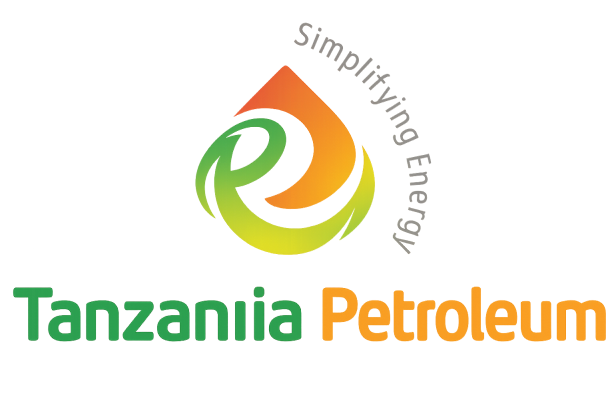After years of waiting, Tanzania is back in the energy headlines. The government is preparing a new licensing round, big talks on a $42 billion LNG project have gained traction, and local gas fields are getting ready for fresh drilling. Alongside Uganda’s controversial crude pipeline, these developments could change East Africa’s energy future. But progress has never been simple here, and the next few years will show whether promises finally turn into projects.
A New Licensing Round After a Long Pause.
Tanzania is preparing to launch its fifth oil and gas licensing round. The offering is large: 26 blocks in total, with 23 offshore in the Indian Ocean and three in Lake Tanganyika. A senior official at the Tanzania Petroleum Development Corporation (TPDC), speaking on condition of anonymity, said, “This new round is a chance to expand Tanzania’s already significant natural gas resources.”
Mike Rego, an oil and gas exploration specialist, agrees. He explained that Tanzania still has much unrecognized exploration potential to offer.
Officials say they want to attract serious global players.
To make the round more appealing, the Petroleum Upstream Regulatory Authority (PURA) in partnership with TGS is offering access to over 132,000 square kilometers of seismic data. This is meant to give companies a clearer picture before bidding and improving chances of exploration success.
At Africa Oil Week in September, PURA went further and invited Chevron to consider the round. It was a symbolic step, a way of saying that Tanzania is ready again for serious investment and underscoring the government’s push to attract serious global operators.
LNG Megaproject Still Stuck in Negotiations.
The biggest prize for Tanzania is the liquefied natural gas (LNG) project planned at Lindi. Valued at $42 billion, it is one of the largest proposed energy projects in Africa. Shell and Equinor lead the effort. The design calls for an export capacity of 10 million tons per year.
Official targeting final investment decision by this year (2025). Media often speak of exports by 2030, but industry observers say this timeline appear overly ambitious. Due to complexity, large LNG projects normally take years to finance and build.
Smaller Gas Projects Moving Faster.
While the big LNG story drags on, smaller gas developments are showing more life. The world-class Ntorya gas field the Ruvuma Production Sharing Agreement (PSA) area, operated by joint venture partners ARA Petroleum Tanzania and Aminex Plc., is being expanded. The company plans to drill 13 new wells and grow production from 60 million standard cubic feet per day to about 280 mmscf/d in five years.
This gas is expected to support Tanzania’s growing demand for electricity, fertilizers, and industry. Unlike the offshore discovery which may takes 7-8 years from final investment sign-off to production, Ntorya is on track to begin producing gas by mid 2026. This is crucial as Tanzania need gas now to realize its goals of increasing power capacity to 5,000 MW by 2030 and support the industrial growth.
There is also new activity at Mnazi Bay North, where Nigeria’s First E&P signed a deal with TPDC in August. The move marks the arrival of another African player in Tanzania’s energy sector, bringing competition and new ideas.
In addition, Octant Tanga Energy Ltd, operator of Tanga block is preparing to drill its upcoming exploratory well in the Tanga Block. Meanwhile, Maurel et Prom Exploration Production Tanzania Ltd (M&P)—operator of the prolific Mnazi Bay gas field located in the Mtwara Region—is in advance steps towards a three-well gas drilling campaign planned for November 2025.
The Pipeline That Divides Opinion.
Another big story is the East African Crude Oil Pipeline (EACOP). This 1,445-kilometer pipeline will take oil from Uganda’s Tilenga and Kingfisher fields to Tanzania’s port of Tanga. TotalEnergies is leading the $5 billion project, which is reported to be close to 60 percent complete.
If finished, it will open the way for Uganda to export up to 216,000 barrels of oil per day. For Tanzania, the project offers transit fees and new infrastructure.
But the pipeline is also deeply controversial. Environmental groups warn it will cut across sensitive ecosystems and displace families. Rights groups say activists face arrests and pressure for speaking out. Construction continues, but the debate has not gone away, and could still affect timelines.
A Region at Crossroads.
East Africa is at an important moment. The region has the resources, the location, and the demand from global markets, especially in Asia. But turning natural wealth into real projects has always been the challenge.
Tanzania now wants to prove it can deliver. If the licensing round attracts big names, if LNG talks finally close, and if fields like Ntorya keep producing, the country could reshape its economy.






